From heated political rallies to Black Lives Matter protests, civil unrest gatherings can escalate dramatically in urban areas. Active protest areas can be dangerous for protesters, Police officers as well as journalists. For news crews providing coverage of these events under dangerous and rapidly changing circumstances, there are several things that they can do to help protect themselves. Here are some best practices and tips for journalists and news crews covering protests and civil unrest gatherings.
Evaluate If The Media’s Presence At A Civil Unrest Event Will Add More Benefit Than Harm
This is a tough question for any news director or general manager, but, ‘Should your news crew even be there?’ Sometimes the visible presence of the news media at a protest, even unintentionally, might amplify an already intense situation.
- Does your news crew need to be at the ground level of a protest?
- Is there a safer location, like a rooftop or balcony, that will be less provocative and dangerous for news crews?
Park Branded Station Vehicles Far Away From Protesters
Sometimes protesters will be looking for outlets for their anger and frustration. Cars and other vehicles are common targets. When Police cars aren’t available, news media vehicles may be seen as authority symbols and targeted by protesters. Typical encounters may include graffiti, broken windows, looting of equipment and even being set on fire.
- Park branded station vehicles away from protesters but close enough to help you escape the area if necessary.
Wear Head & Eye Protection
Reporters and news crews will often encounter projectiles from both sides including bottles, rocks, gas canisters, and rubber bullets. During the George Floyd protests in Minnesota, reporter Linda Tirado was blinded in one eye after being shot in the face with a rubber bullet.
Helmets with polycarbonate face shields ($30-60) can help provide some protection for news crews covering dangerous situations like riots and civil unrest events. At the very least, clear protective eyeglasses ($7-16) should be readily available for all staff.
- Wear head protection
- Wear protective glasses or a face shield
Add First Aid And Other Basic Supplies To Your Pack
Your backpack should include more than just broadcast tech gear. Pack some basic medical supplies, water, and snacks.
- First aid kit
- Small flashlight
- Water bottle
- Snacks
Don’t Display Company Logos Or Media Branding
While in a crowd of protesters, it’s important for reporters and news crews not to visibly stand out. In today’s world, polarizing opinion-based news organizations have resulted in all media companies often being disliked by both Police and protesters.
- Don’t wear station branded clothing.
- Don’t bring cameras or mic flags that display your station’s logos or branding.
- Don’t wear formal clothing, like a suit, that identifies you as an authority figure.
Evaluate The Situation Before Displaying Your Press Credentials
Have your press credentials handy but carefully consider if they should be publically displayed or not.
- If your press credentials make you a target, then do not publically display them.
- Never wear your credentials on a lanyard around your neck. They could be caught and choke or strangle you.
Reduce Attention To Yourself At Civil Disorder Events By Using Less Broadcast Gear
In addition to not displaying media branding and press credentials, you can do some other things to help minimize attention to yourself and your crew.
- Don’t use large professional cameras. A small and lightweight camera will help you blend in better and help make you more mobile.
- Never use camera lights. They will attract additional attention and make everyone around you angry.
- Don’t bring a big colorful microphone windscreen to a protest. This isn’t a sports event.
Minimize Yourself As Both A Threat And Target
Even a small comment or the slightest bit of aggressive body language might spark a violent encounter. If a protester makes a nasty comment about someone in your crew, just ignore it.
- Flash a peace sign to everyone as you approach them. Let others know that you are not a threat.
- Don’t exhibit any aggression. Never argue with protesters, especially when tensions are high. Even the slightest gesture could ignite a confrontation and put both yourself and others in your crew in danger.
Watch Your Back And Blindspots
Even though a wall of protesters behind your live shot may look great on camera, it’s a dangerous risk. The crowd can overtake your position without warning or projectiles may hit you in the back of your head.
- Try to keep a solid surface, like a wall, behind you when standing still.
- Everyone in your crew should be watching a different angle. Blindspots can be very dangerous.
Always Have Multiple Escape Roots In Mind
Even planned protests may spread or deviate from expected paths and areas. You never want to be trapped in between protesters, Police, or a blocked path.
- Always look for multiple emergency escape routes every time you change locations.
- Use walls and street curbs to help you navigate to safety in case of tear gas or smoke.
Be Mobile And Prepared To Run At All Times
It’s very important for news crews to be mobile and able to run if needed. Talent and crew members unable to run several blocks straight without stopping should not participate in coverage of civil unrest events. Slower members of the crew may endanger everyone else.
- Ditch the tripod.
- Pack all necessary gear in backpacks.
- Don’t bring heavy equipment, like lights and large cameras, that you can’t run with.
Turn Off All Video Filters And Effects When Using Smartphones
Between having great quality cameras and LTE connectivity, smartphones can be a powerful broadcast tool with a minimal physical footprint for reporters in the field. But if you are using a smartphone as part of your coverage gear, then be very careful to not accidentally enable any filters or settings.
- Try to avoid using apps like Snapchat and FaceTime that have face filters.
- Video conferencing apps like Microsoft Teams and Zoom have background effects. Be careful not to blur or add a fake background to your video.
- Make sure you don’t have a color filter, like Sepia, accidentally enabled.
Consider Adding A Security Person To Your Crew
When reporting from warzones, news organizations will often hire local security resources to help protect their journalists. Domestic civil disorder protests may be serious enough to justify security resources.
- Consider adding security resources to your team.
Record And Document Everything
Riots and civil unrest events are full of people with hidden agendas and every incident will have competing sides to the story.
- Keep rolling and document everything, especially as tensions grow.
- You are risking a lot just to be at a civil unrest event. You don’t want to regret not getting something on camera because you stopped recording.
Carry Decoy Memory Cards
If you record something especially incriminating or controversial, both protesters or Police will request, or force you to hand over your memory card. Just accept that this will happen and be prepared. It is better to lose a memory card than your camera, or worse, get physically injured.
- Always carry a couple of decoy memory cards ($10-$100) that you don’t mind handing over. Make a minor protest about handing over the card while removing it from the camera and discretely swap it with the decoy.
- Label the decoy cards something like “Caught On Camera” or “Violent Protest Footage” so they will think that they got the right card.
Never Touch Police Canisters
The Police may use a variety of tear gas, smoke, and flash-bang canisters to disperse the crowd.
- Don’t touch canisters. Canisters may be hot or unexploded.
- Holding or throwing a canister may make you look like a threat to Police.
- If you are unable to move to safety, then pour water on tear gas canisters to help limit their effects.
Tear Gas: How To Avoid It And What To Do After Being Exposed At A Civil Unrest Event
Getting exposed to tear gas isn’t fun. Here are some tips on how to limit your exposure and what to do if you get tear gas in your eyes.
- Try to stay upwind of tear gas. Even if you are far away, the gas can travel quickly towards you with a gust of wind.
- Don’t stand near large crowds. Police will often fire gas into crowds to help disperse them.
- If exposed to tear gas, rinse your eyes with cold water.
- When possible, take a cold shower with your clothes on. Removing your clothes while covered in tear gas dust may cause particles to get into your face.
NERD NOTE: Hopefully you won’t need it, but here’s an emergency tear gas eyewash recipe: Mix 3 tablespoons of baking soda with 8 ounces of cold water. Rinse carefully. Repeat.
Add Context To Your Social Media Content
In between reports and live shots, journalists and crew members will often share content using social media channels like Twitter. But posting content without context may result in your posts being used by people to twist the truth.
“It’s really important to understand the situation as to which we are seeing the content you’re posting,” advises Anthony Quintano, Visual Journalist, and Social Media Producer. Quintano suggests adding additional comments to your original posts as new information emerges.
Another way to add context is by clearly identifying yourself and your organization in your social media bios.
“If your profile identifies your job title and organization, then more people can trust the content that you’re posting from the ground,” added Quintano. This is especially useful for reporters following the situation and wanting to identify a trusted source.
Safety First. Story Second.
Cameras, equipment, and vehicles can all be replaced, but not people. The highest priority for any media company should always be the safety of its staff. That responsibility falls on both management and individuals within the organization. Taking risks, even individually, may put others in danger if they feel the need to help rescue you.
Seeing a civil disorder event take place in your city is sad, and hard to comprehend. Be proud of the work you do as journalists to cover these difficult stories. Bringing calming, trusted voices during a time of turmoil provides a great value to your community. Find the context and details to the story beyond just what you see, and never take unnecessary risks that might put yourself or others in danger.
Related Articles:
- How To Submit Your Blog To Apple News – Tutorial
- Free Filming In Progress And Model Release Form Templates
- Canadian Reporter Owned By A Sled on Live TV
- Successful Bloggers Share Their Secrets

Frank Wilson is a retired teacher with over 30 years of combined experience in the education, small business technology, and real estate business. He now blogs as a hobby and spends most days tinkering with old computers. Wilson is passionate about tech, enjoys fishing, and loves drinking beer.

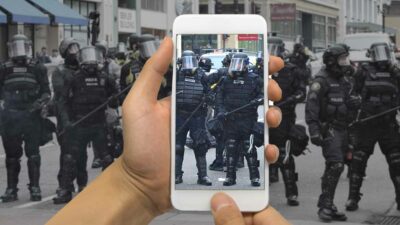
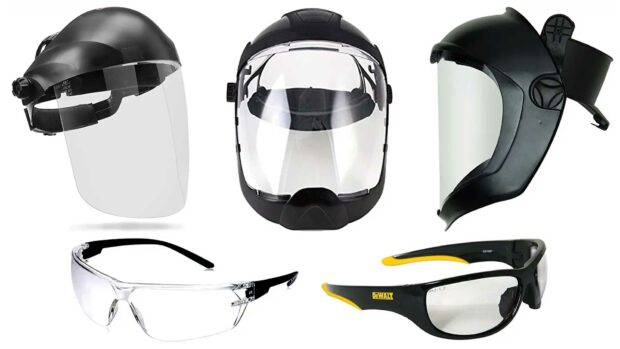
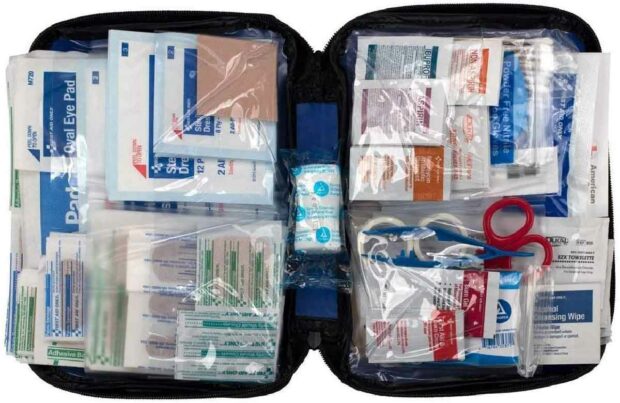
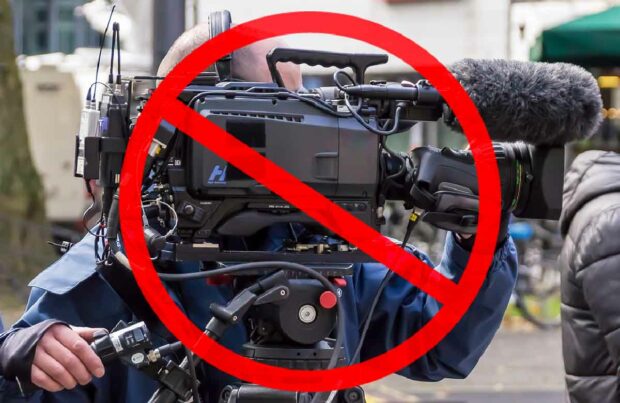
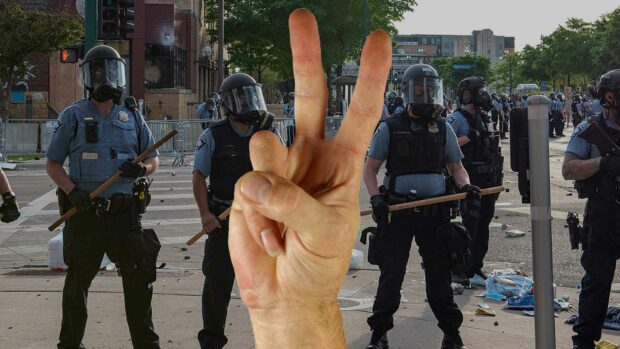
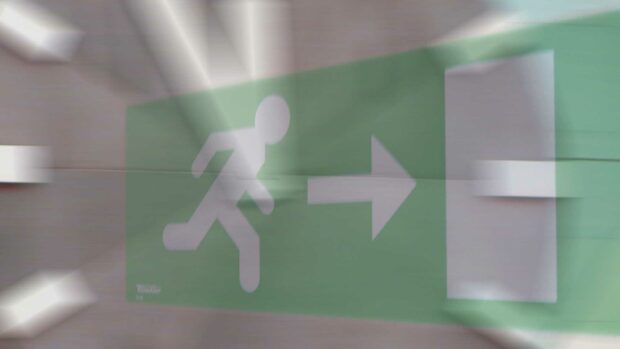
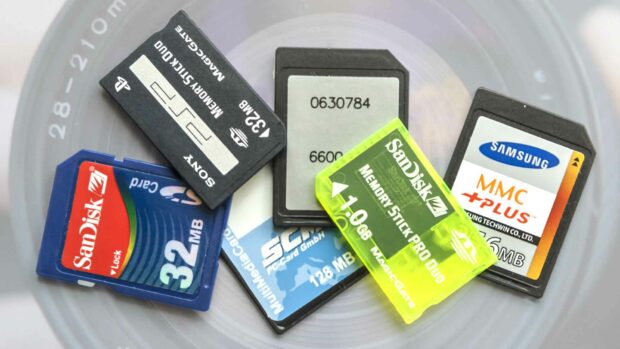
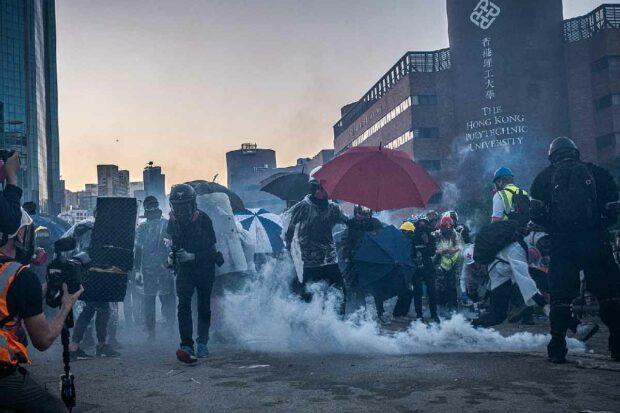










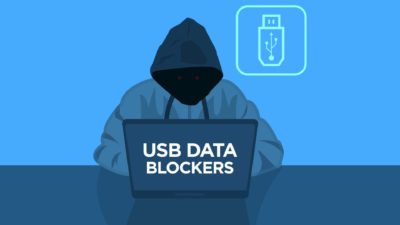









 30 Funny Computer Jokes That Will Make IT Professionals Smile
30 Funny Computer Jokes That Will Make IT Professionals Smile
Leave a Reply